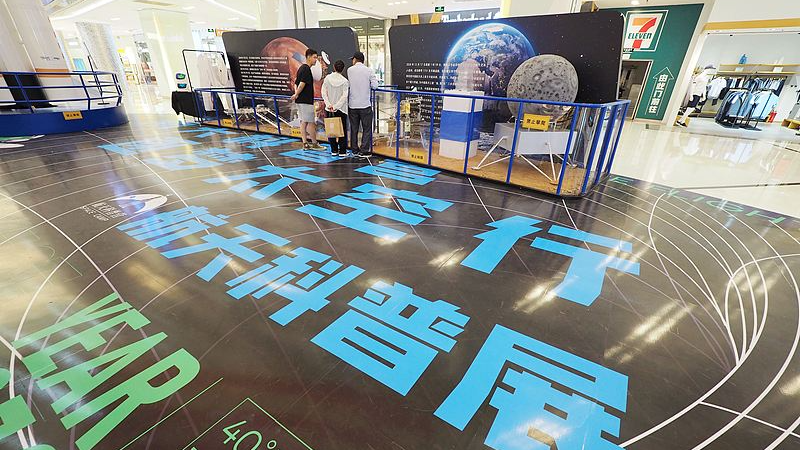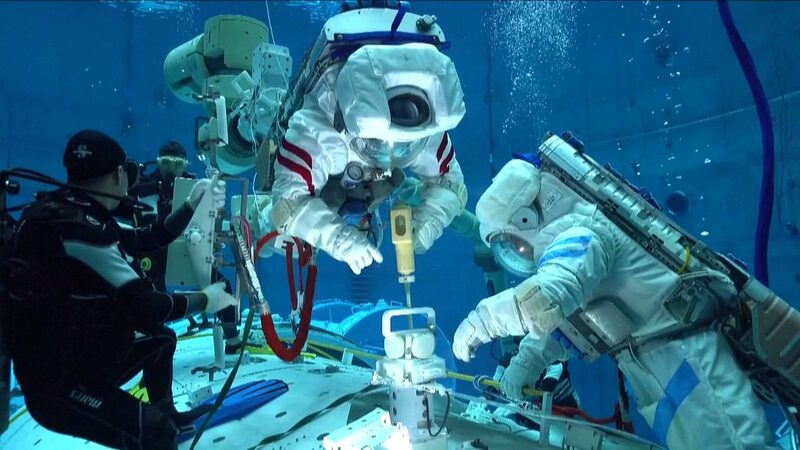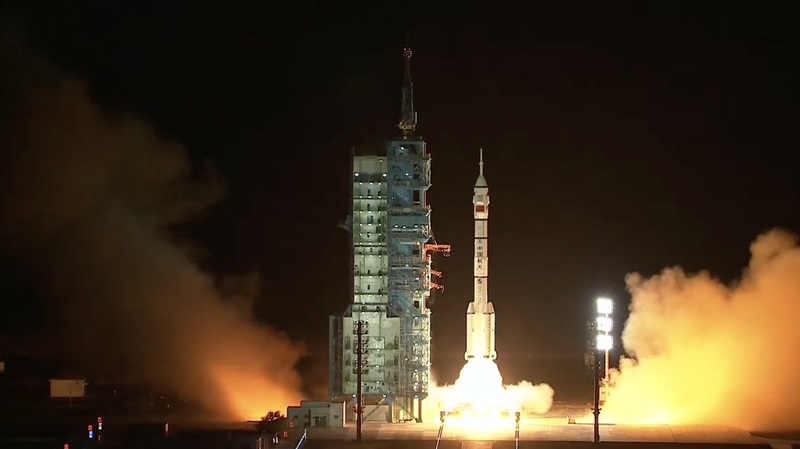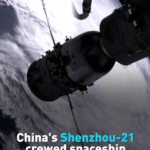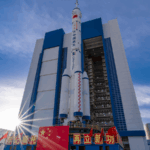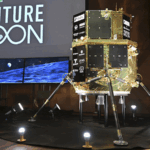Over 1,000 scientists and aerospace experts gathered in China this week for the Fourth Space Science Assembly, outlining ambitious roadmaps for lunar missions, deep space exploration, and cutting-edge research through 2030. The November 22-25 conference comes as China celebrates breakthroughs in its Tiangong space station operations and prepares for upcoming crewed Moon missions.
Global Collaboration Takes Center Stage
A dedicated roundtable highlighted China's commitment to international partnerships, with experts from the U.S., Russia, and multiple Asian and South American countries discussing joint Earth observation initiatives. 'Shared challenges like disaster prediction require shared solutions,' stated conference organizer Dr. Li Wei during the opening session.
Frontiers of Research
The agenda features 14 plenary reports on critical projects including:
- Next-generation space station modules
- Mars sample return technologies
- Breakthroughs in microgravity material science
Young researchers will showcase innovations in dedicated 'youth salons,' while public exhibitions demonstrate practical applications of space tech in climate monitoring and agriculture.
Preparing for New Challenges
With over 50 technical sessions spanning gravitational wave detection to lunar geology, the assembly serves as both a knowledge exchange platform and recruitment drive for China's expanding space program. Industry analysts note the conference's timing aligns with increased R&D spending in China's 2025 space budget.
Reference(s):
China's top scientists chart the future of space exploration
cgtn.com
